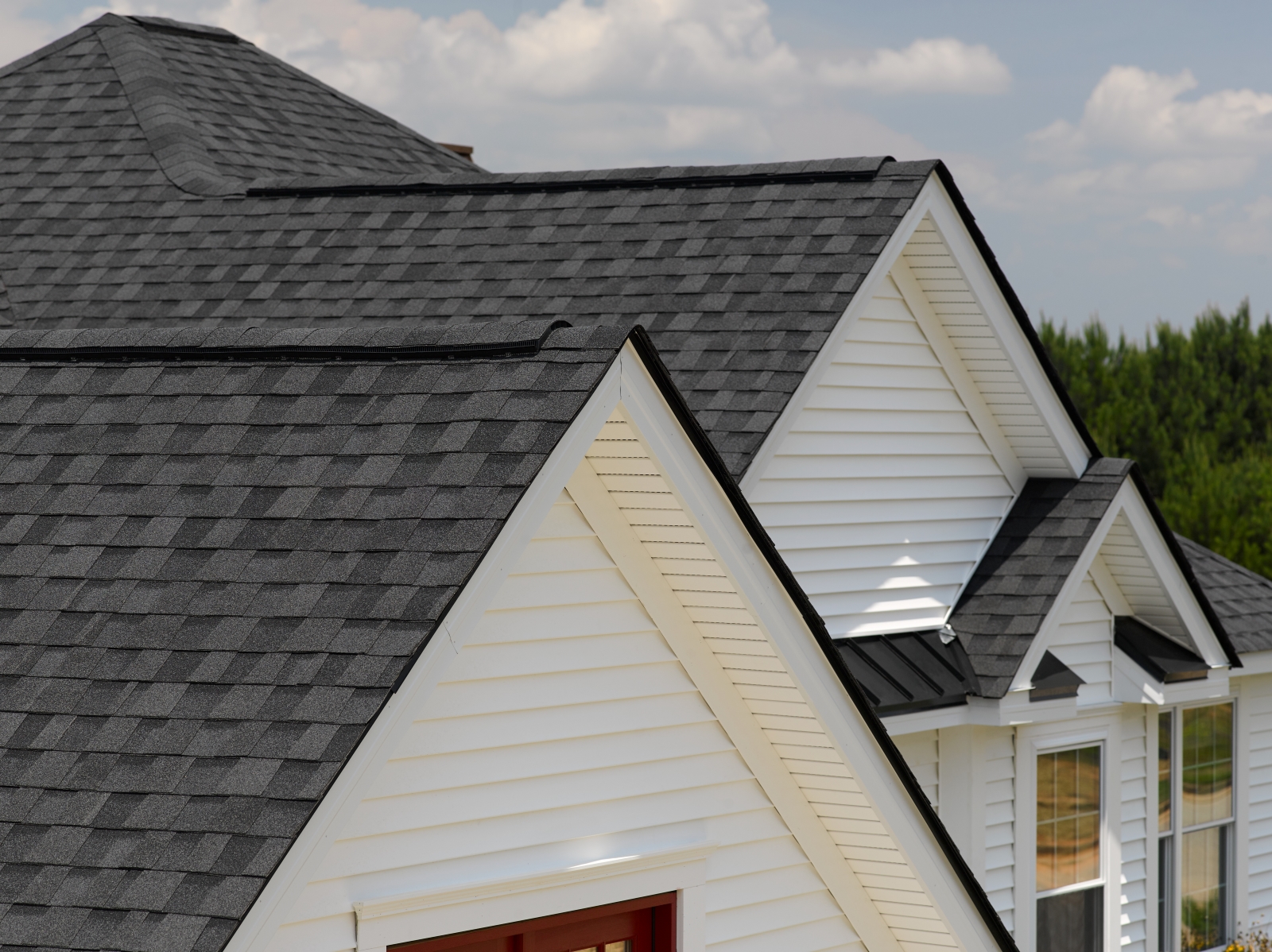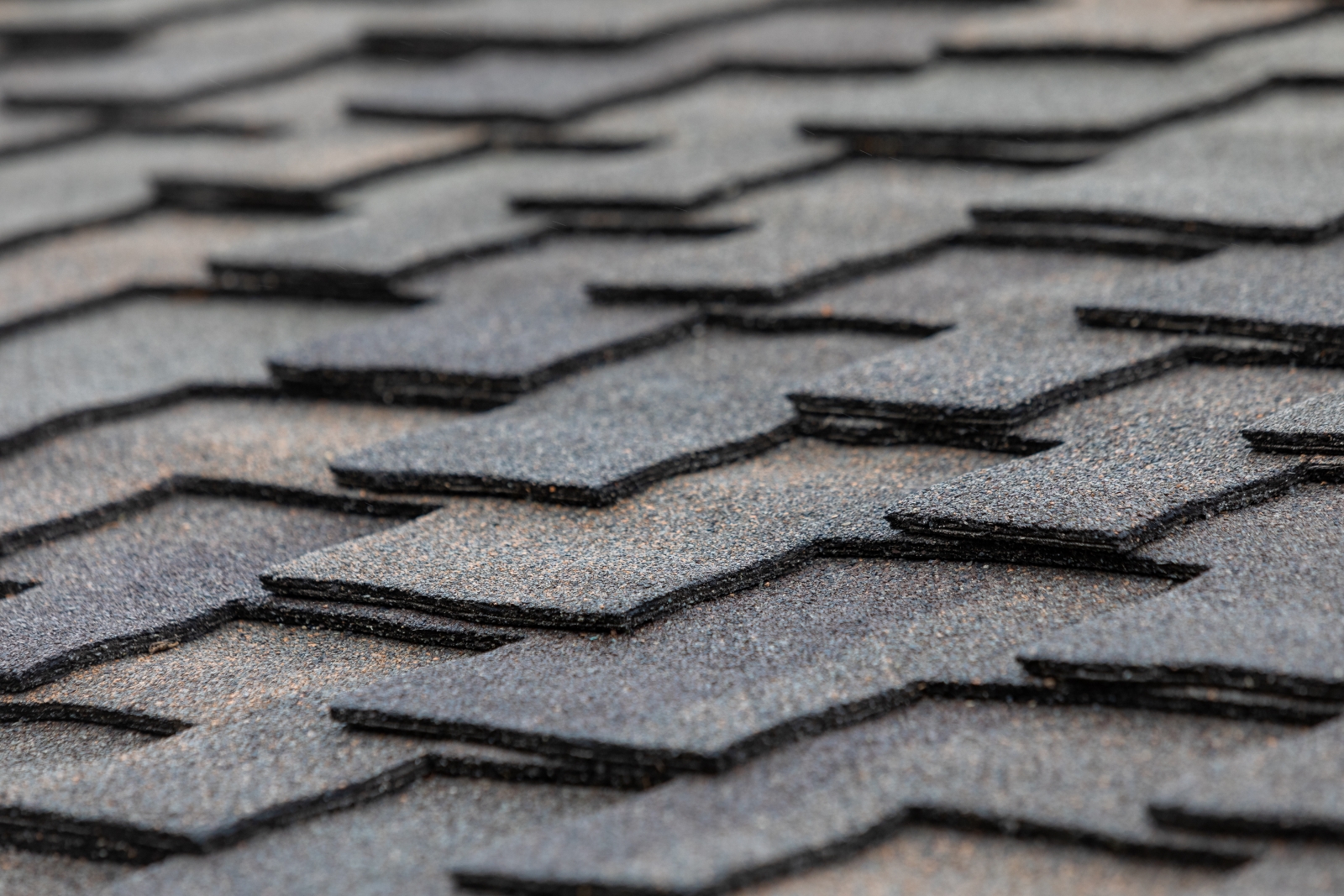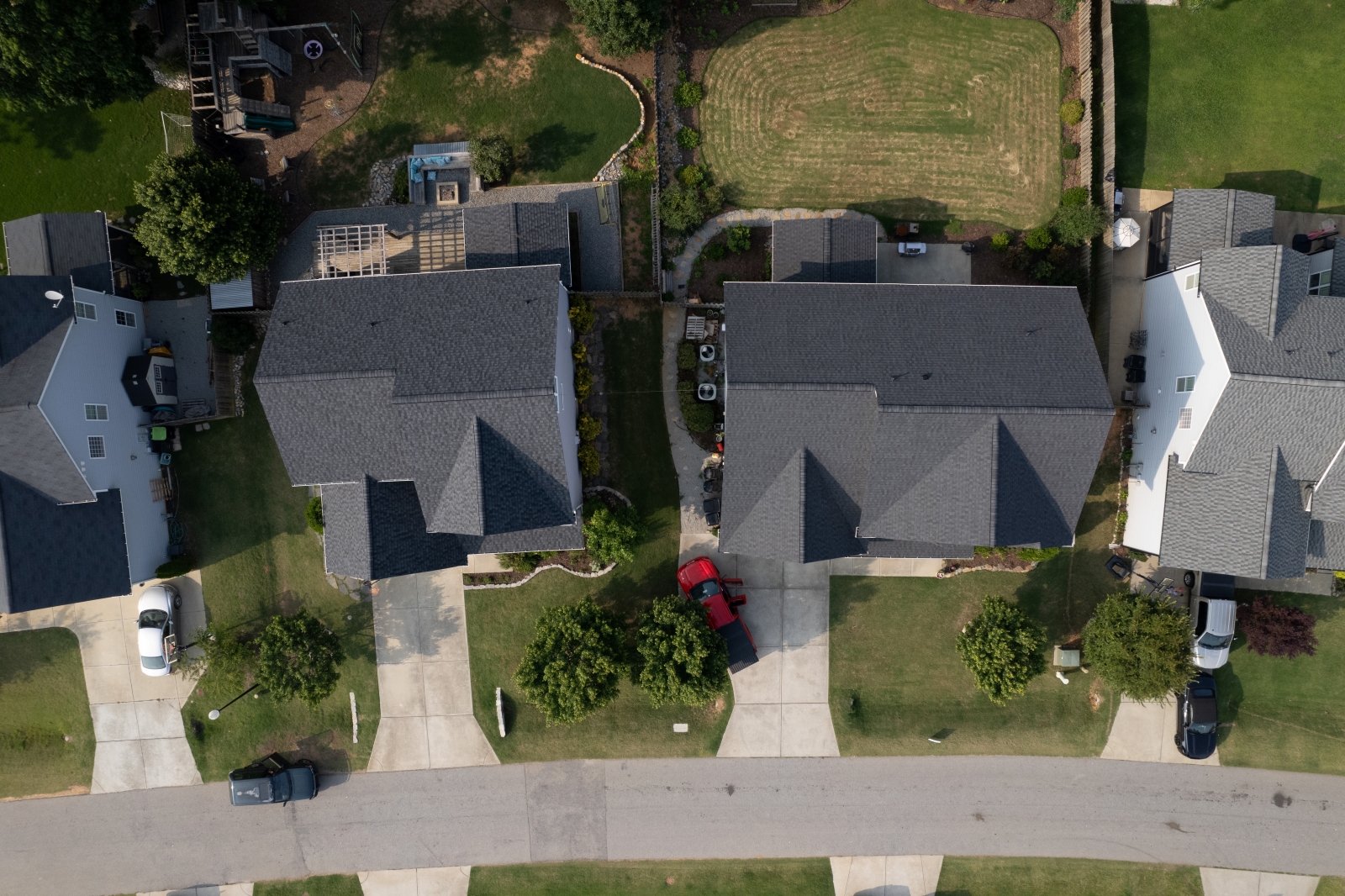How Roof Shingle Selection Can Help Save the Environment
Understanding what goes into a manufacturer’s shingles, how they are made, and what happens to them when they reach the end of their lifespan can help distributors, homeowners and builders make more sustainable decisions.
 |
|
Approximately 80% of homes feature an asphalt shingle roof. |
Driving through any neighborhood across the United States and it is easy to see that asphalt shingles are the most common type of roofing material. Approximately 80% of homes feature an asphalt shingle roof, and manufacturers produce more than 12.5 billion square feet of shingles each year, according to the EPA.
This popularity is not surprising. Asphalt shingles are economical, available in a wide array of colors and profiles, and been proven to be long lasting.
Even with the long lifespan, asphalt shingles typically need to be replaced every 20 years. Whether replacing an existing roof or building a new home, homeowners need to consider factors beyond longevity and aesthetics. Sustainability and how home improvement purchasing decisions affect the environment are becoming increasingly significant.
More homeowners are educating themselves about the environmental impact of their purchasing decisions. Some building product manufacturers are looking to help builders and home buyers make smart, easy decisions when choosing products and materials.
Material Matters
The sustainability of shingles goes way beyond what’s seen on a roof’s surface. It all begins with the company that manufactures them.
Consider what steps the manufacturer is taking to actively reduce its environmental impact during the manufacturing process. Efforts may include reduction or offsetting CO2 emissions, scaling back on water usage or limiting overall waste.
 For example, a roofing plant in Minnesota has implemented several initiatives resulting in energy efficiency and waste reduction. The facility offsets 925 metric tons C02 emissions annually, equivalent to approximately 206 gas-powered cars driven for one year. In addition, the same plant diverts more than 300 tons of industrial waste from landfills annually.
For example, a roofing plant in Minnesota has implemented several initiatives resulting in energy efficiency and waste reduction. The facility offsets 925 metric tons C02 emissions annually, equivalent to approximately 206 gas-powered cars driven for one year. In addition, the same plant diverts more than 300 tons of industrial waste from landfills annually.
The same manufacturer has reduced its landfill waste at another U.S. plant by 14% annually by revamping packaging materials and processes. Also, the company sources more than one-third of its manufacturing electricity use from renewable energy sources.
Roofing and construction contractors and distributors have direct lines to the roofing manufacturers and can provide valuable information to help guide users in making a more environmentally conscious choice.
Asphalt shingles primarily are made of four components: asphalt, which is typically recycled from the processing of petroleum for crude oil-based products; a back surface made of sand or slag fines to prevent sticking in storage; a fiberglass mat, which provides reinforcement; and fine-grain crushed rock to block ultraviolet light and add color. These materials can come from a variety of sources, but fall under two primary classifications:
- virgin raw material: extracted directly from nature without processing.
- non-virgin raw material: recycled material that is reintroduced into the product stream.
Use of recycled content, which avoids using new natural resources, is a more sustainable option. Products marked with the GreenCircle Certification ensures the manufacturer’s sustainability claims are validated by a third party and the product contains recycled content.
Some manufacturers provided access to Environmental Product Declarations (EPDs) and Health Product Declarations (HPDs) on their websites to outline what products are made of, impact on the environment and how they impact overall health.
Shingle Sustainability
At their most basic, shingles function to provide a protective layer for homes. The higher performing shingles require less time and fewer resources to maintain, repair, or replace. Technology can be engineered into the shingles to enhance the performance in extreme weather, bolster a home’s energy efficiency or extend the length of the home’s curb appeal. “Class 4 impact resistance” is the highest level of protection for impact damage. Some asphalt shingles are made with granules to resist algae growth and the accompanying black streaks it can cause.
There are also shingles with integrated cool roof technology to reflect higher levels of solar heat, creating a more energy-efficient home and reducing greenhouse gas emitting energy sources.
Asphalt shingles are beneficial. They endure harsh weather and extreme temperatures over a long haul to keep homes protected and attractive. Conversely, they resist decomposing which creates an environmental challenge when it comes replacing a roof.
Most end-of-life shingles, approximately 13 million tons annually according to a 2018 analysis, are directed to landfills.
 |
| Distributors, contractors and homeowners' choice of roof shingle manufacturer can help ensure a more sustainable future. |
Fortunately, some manufacturers are developing technologies and establishing relationships with recycling facilities to streamline their processes, recycling end-of-life shingles into paving mix for roadways or as source material for new products.
Roofing decisions extend far beyond the immediate aesthetic appeal or durability of asphalt shingles. With an increasing need to focus on environmental consciousness, it pays to be discerning not just about the products themselves but also the manufacturing process.
Asphalt shingles have the potential to be both environmentally responsible and effective, but this depends on the production, sourcing of materials, performance enhancements, and end-of-life recyclability.
Contractors and homeowners’ choice of manufacturers that prioritize those things can help ensure a more sustainable future.
Contributed by Alexandre Pecora, director of product management, CertainTeed Roofing
















